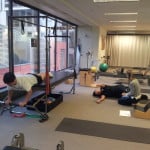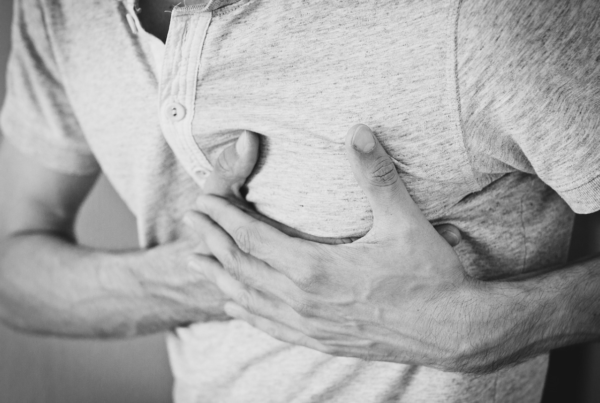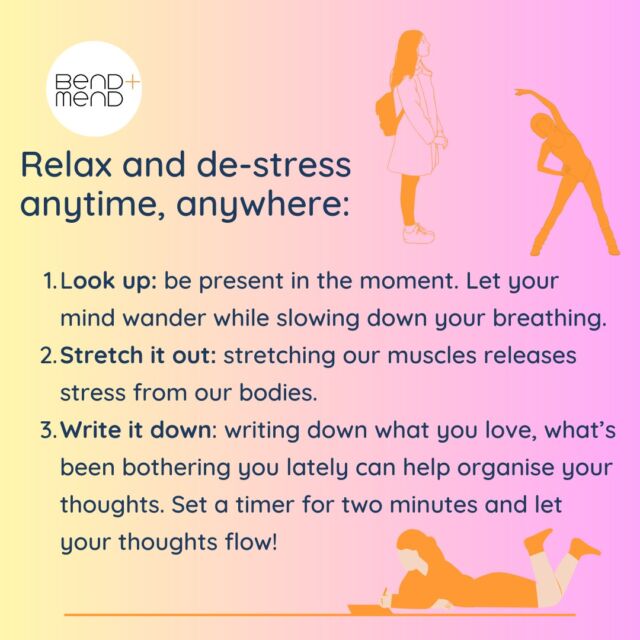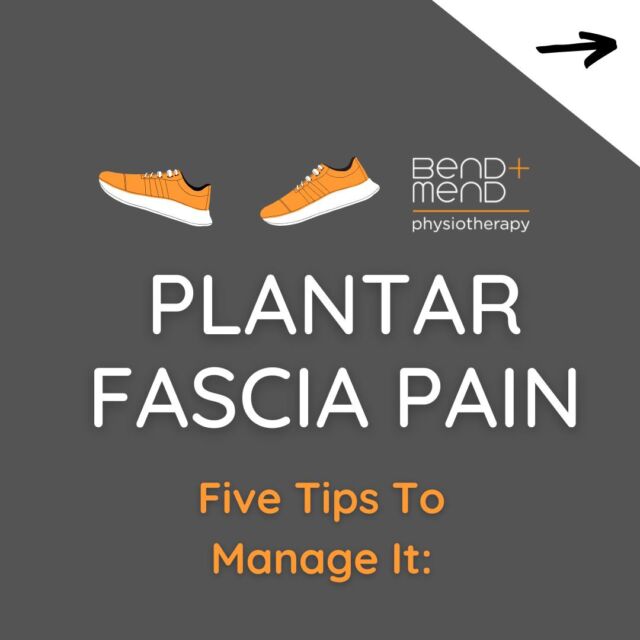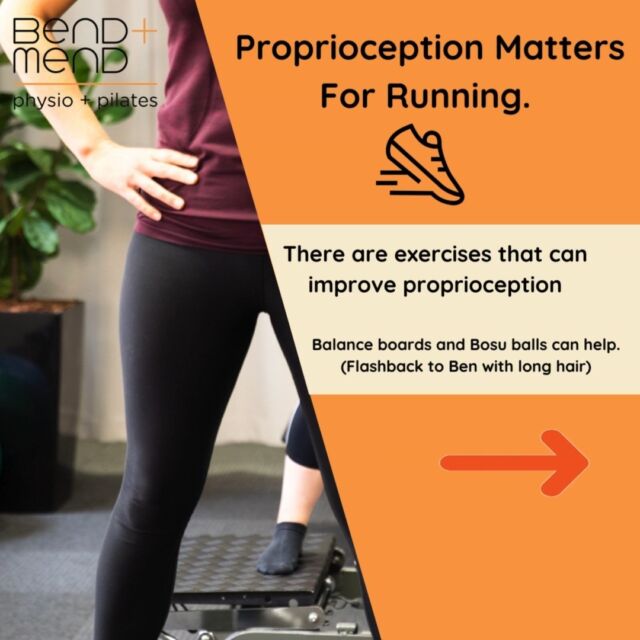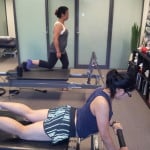 Bend + Mend offer the perfect supplement to cycling with Pilates. As we’ve already mentioned in previous blogs tight hamstrings and upper neck muscles are two classic spots where cyclists experience difficulty. Restriction here can hamper your efficiency on your bike and or cause pain.
Bend + Mend offer the perfect supplement to cycling with Pilates. As we’ve already mentioned in previous blogs tight hamstrings and upper neck muscles are two classic spots where cyclists experience difficulty. Restriction here can hamper your efficiency on your bike and or cause pain.
Pilates can help. Pilates is a form of exercise devised by Joseph Pilates which focuses on core strength. This does not mean crunches! Pilates exercises typically concentrate on form rather than strength and speed.
Let me explain why Pilates is important for you.
To put it very simply your body has 3 layers, a skeleton and 2 muscle layers, one deep and one superficial. Pilates aims to target the deep layer of muscle. These muscles are most numerous around your tummy and low back but also found at your neck, shoulder blade and inside aspect of your knee. Your pelvic floor and diaphragm are also examples of these deep muscles. The job of these muscles is to provide a steady fulcrum for your top layer of muscles to pivot off. Examples of this top layer of muscles include your quads, hammys, biceps, triceps.
Consider this analogy, if we were to compare you to a house, the deep layer of muscles are like your foundations and the top layer of muscles are like your building blocks. Cycling and most strength training helps to develop our top layer of muscles, so the stronger we get the taller our house is. In order to support a tall house we need to have deep foundations, therefore we need to develop our deeper core muscles in co ordination with our top layer. Strengthening our deeper muscles has 2 major benefits in relation to injury prevention and performance.
Firstly, you might be surprised to learn that a lot of our patient population here in Sydney’s CPD do not suffer a traumatic event. We’ve mentioned that , the majority of shoulder problems develop from microtraumatic events occurring due to poor joint biomechanics and muscular movement imbalances (see Upper Cross Syndrome). Pilates will help to even out these imbalances, therefore relieving pain and reducing the risk of further aggravation.
Secondly if we are weak in through our deep muscles our body with automatically try to recruit some stability from our superficial muscles. So now for example your hamstring is trying to propel you forward and keep you stable, how does that work??
We’ve noticed that this leaves the muscle more vulnerable to injury but also results in your hamstring in this example being compromised and therefore not able to produce maximum force. As the saying goes, “you’re hamstrung!”
Why chose Bend + Mend? At Bend + Mend we encourage everyone to have some one-on-one Pilates sessions initially in order to assess and develop a program specifically for you and your specific needs. We have Reformers, Trapeze table and a Wunder-chair to ensure the exercises are challenging and dynamic. So if you’re having any persistent niggles or maybe just curious give us a call and book yourself in for a one-on-one Pilates session.
